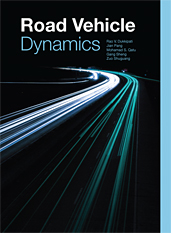Journal Article
Impact of Control Methods on Dynamic Characteristic of High Speed Solenoid Injectors
2014-04-01
2014-01-1445
Accurate control of both the timing and quantity of injection events is critical for engine performance and emissions. The most serious problem which reduces the accuracy of the control operation in such systems is a time delay of the responsiveness for the opening and closing operation of the electromagnetic valve. Modern electronic control systems should be capable of driving high speed solenoid injectors at a very fast switch frequency with high efficiency and acceptable power requirements. In this paper, the dynamic characteristic of a high speed servo-hydraulic solenoid injector for diesel engine, with different driving circuits and control methods, is investigated. A pre-energizing control strategy based on a dual power supply is applied to speed up the opening response time of the injectors.


